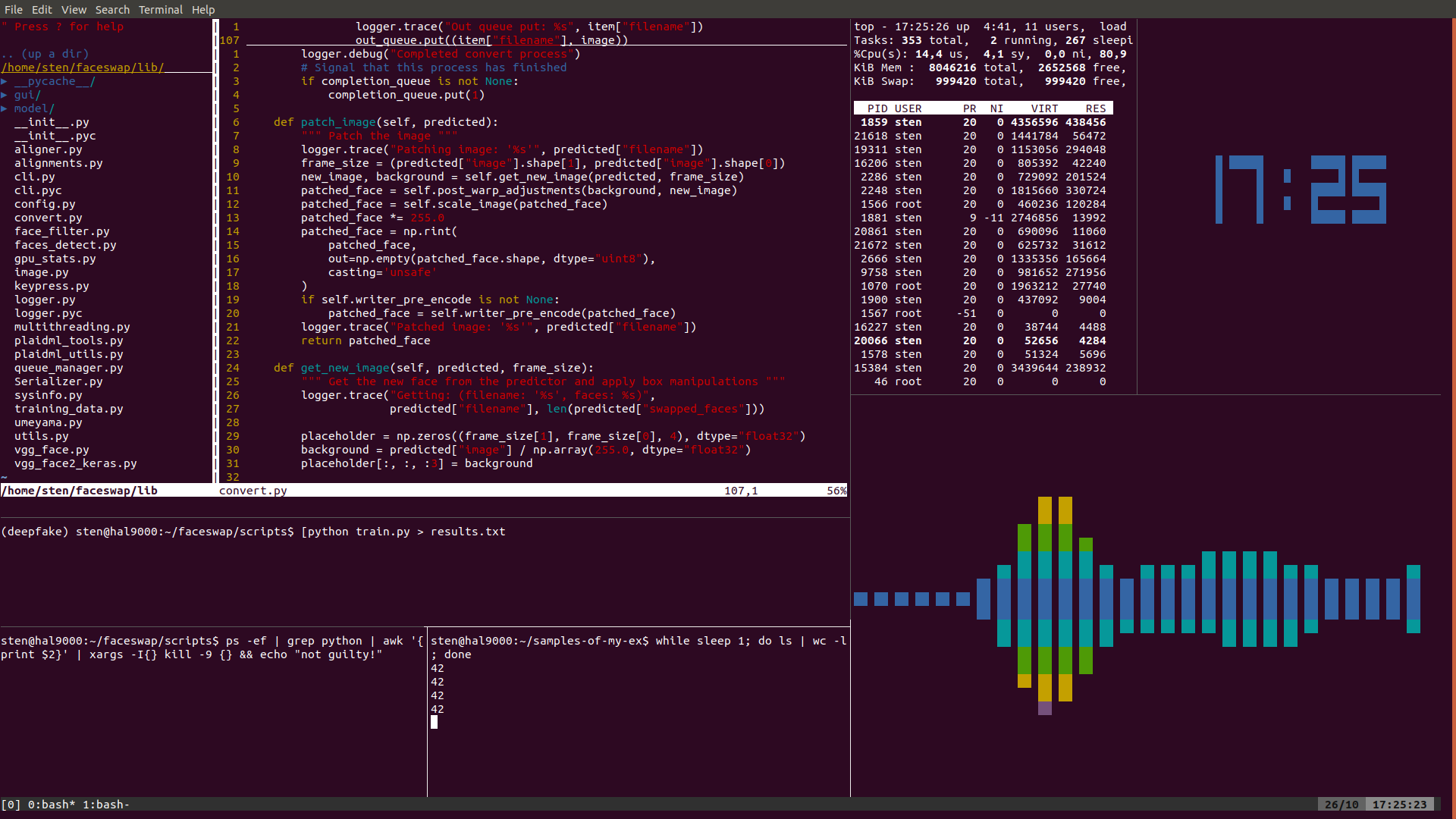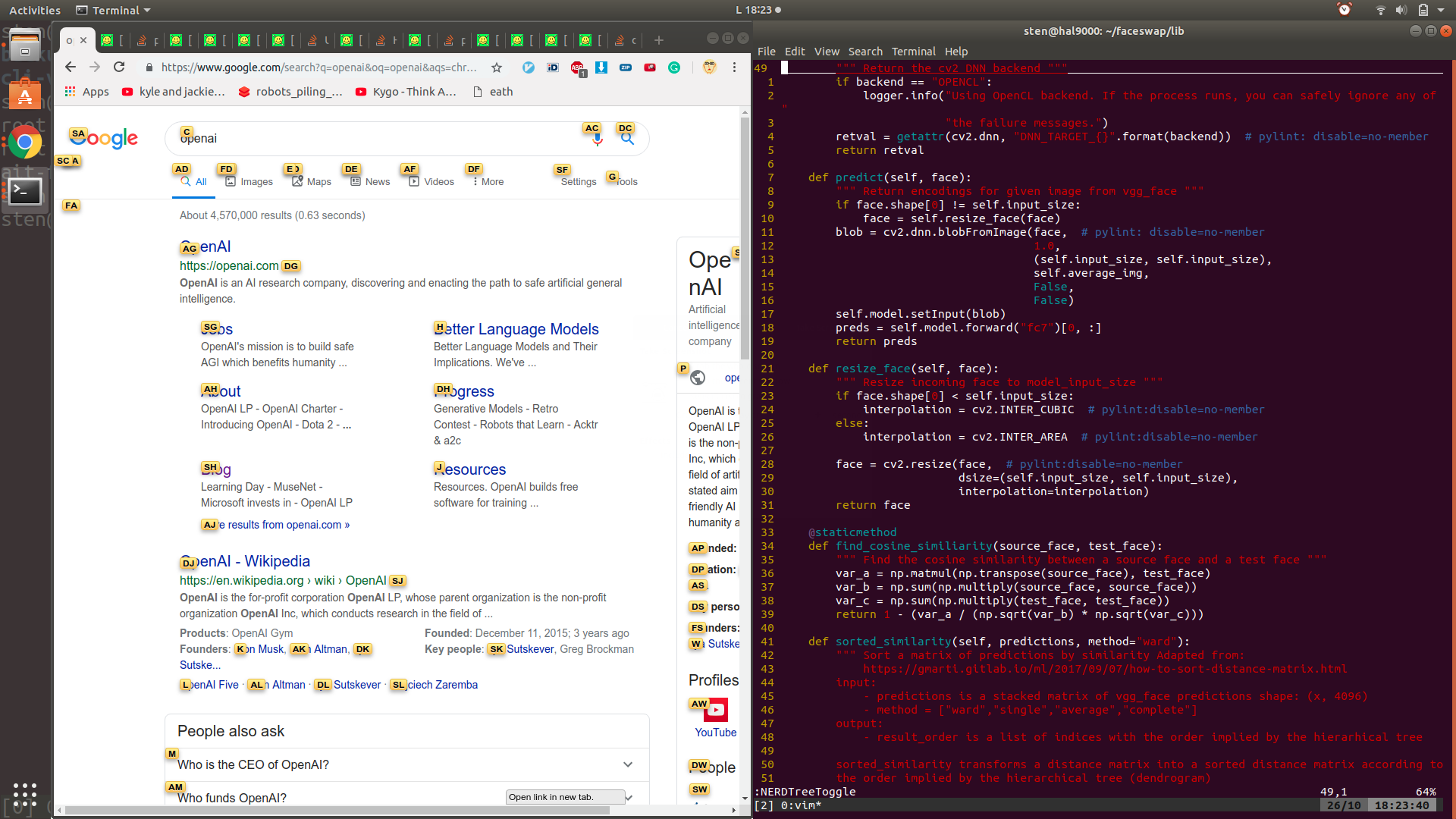Hello, Habr! I present to you the translation of the article
“How To Fake Being a Good Programmer” by Stan Sootla.

Programmers are kind of wizards: slightly battered poor characters who can turn coffee into lines of code. I do not own magic, I'm just an illusionist.
My job is to be more authentic in being a fake programmer than real programmers in being yourself.
I am good at my job; an excellent quack came out of me. I fooled businessmen and they made me their technical cofounders. I deceived the engineers and they discussed with me the topic of
Universal Artificial Intelligence. The presentation I play is so believable that the Department of Justice once asked me for advice on creating
a Visual Basic GUI to track down the IP address of a serial killer .
The secret is simple: it’s not what you know , but what you show .
Real programmers are slow and boring because they are limited by reality. The illusionist is held back only by imagination. He is free to implement the most sophisticated of scenarios, and the more obscene, the better. Often the image of a hacker in the eyes of the public is formed by scenes of
parties and
- One has only to become that rare person playing on these misconceptions, allowing the uninitiated to indulge their fantasies, as you immediately become a hero.
Big ship - a great sailing. A convincing performance is a skillfully made scene, because it helps to hide from the audience the fact that you are terribly lacking depth. In movies, software is created by stacking
small three-dimensional blocks on top of each other or
juggling holograms . Of course, all this is fiction. In fact, the closest you can get to something like this is using a combination of only three technologies invented decades ago.
Firstly, we have
Vim - a text editor whose interface at first glance looks so incomprehensible that
millions of developers are lost in it, having no idea how to close this thing. The fact that you dare to use it raises your status among colleagues. You look almost mythical, enlightening others about such ancient topics as the Great
War of editors and encouraging listeners to go on a crusade to the Church of Emacs.
Secondly, there is
tmux - a utility that allows you to open multiple windows inside the console. This means that you can write code in one window, run commands in another, and watch how some useless plug-ins (such as spectrograms and huge clocks) work in the third. In general, it is better to keep as many windows open as possible, overwhelming the audience with an obsessive sight. Personally, I always make sure that at least one window is always open, because, as you know, useless code does not age.
As an example, here is a screenshot of my screen when I generate “diphakes”:
 Spectrogram credit: MOP - Ante Up
Spectrogram credit: MOP - Ante UpFinally, it is very important that you master
bash perfectly. Knowing bash allows you to maximize the time you spend in the console - leaving this skill without proper attention will be blasphemy, comparable to turning on the light in the cinema in the middle of the film.
Need to count something?
You are welcome:
echo "scale=0; 2 + 2" | bc
? :
mpstat | grep -A 5 "%idle" | tail -n 1 | awk -F " " '{print 100 - $ 12}'a
, .
, , . , . , . , –
.
Vimium – Chrome, . . , :
 Pro tip
Pro tip: , . , , arXiv StackOverflow. . ,
, , – .
, . , , . , . - 40- .
, : , . . vim , , , . , , ( ), .
. . , , .
, , . , , , , .
, ? , ?
: -, .